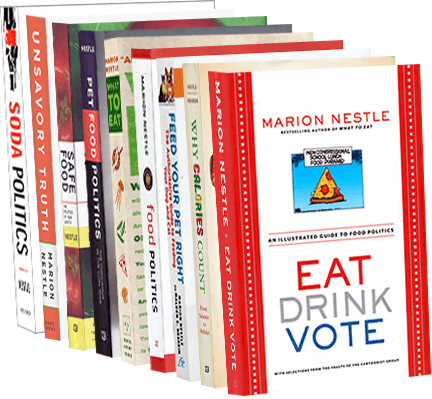The French food industry v. public health: front-of-package label
A colleague in France, Serge Hercberg, a nutrition professor at the University of Paris writes to say that the French government’s decision on October 31 to support voluntary adoption of a “Nutri-Score” front-of-package label is now under attack by the food industry.
Nutri-Score looks like this (A is nutritious, lower grades less so):

The food industry wants something like this (of course it does, nobody can possibly understand it):

My colleague writes:
However,a powerful trade group, which includes major manufacturers of breakfast cereals, candies and cookies, is encouraging its members to instead select another type of nutrition al label. The trade group’s position is aligned with that of six food conglomerates – Mars, Mondelez, Nestlé, Coca-Cola, Unilever et PepsiCo (known as the “Big 6”) – who announced in March that they intended to develop an alternative system for the European Union.
With his nutritionist colleague, Chantal Julia, he describes in The Conversation what this fight is about. I particularly like their example of how the two schemes help (or do not help) consumers choose between a yogurt and a fruit puree.
The Conversation article also comes in a French version.



